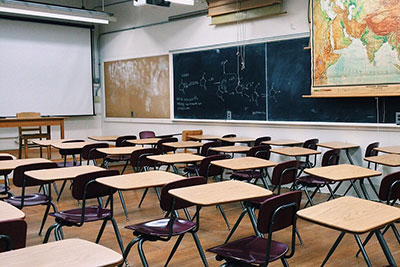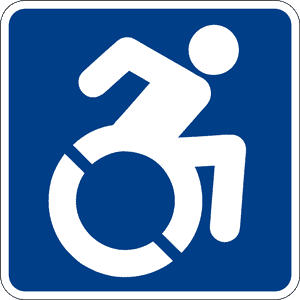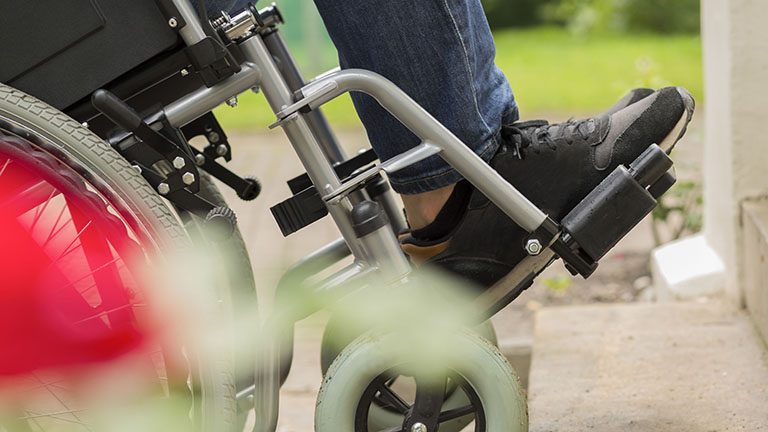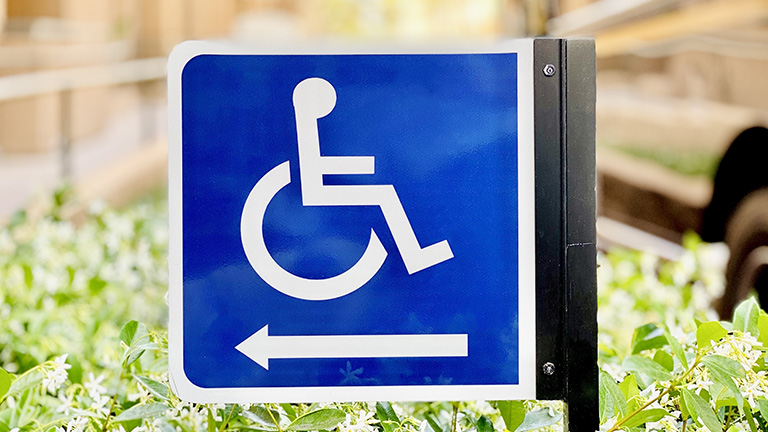The central purpose of education is to ensure that every student has equal access to the information and skills necessary to become a healthy and productive part of society. However, in order this purpose to be realized, it is essential for teachers and school administrators to take into account the many skills, backgrounds, and interests of a diverse and continually expanding student body.
To help facilitate accessibility awareness in the classroom, provided below is a 3-step guide to creating classroom accessibility and promoting an effective learning environment for all students.
Step 1: Know the Students
Consider Diversity
In inclusive learning environments, it is of paramount importance that one is aware of the diversity constituting the class body. Accordingly, make note of individual strengths and weaknesses, experiences, and understandings in order to make effective pairings in peer tutoring and group activities. This can include individual student tendencies to open thought and critical thinking, as well as academic performance and alternative learning needs.
Consider Methods
Teaching a wide variety of students requires a wide variety of methods. Due to physical, intellectual, or behavioral circumstances, many students may require alternative forms of instruction (specialized curriculum adaptations) rather than “traditional” methods. Furthermore, as reported by the Maryland Coalition for Inclusive Education (MCIE), all students show gains in learning outcomes when alternative teaching methods reinforce teaching objects in inclusive learning environments. These alternative methods include peer mediated instruction and support, mnemonics, as well as using semantic maps and other supplemental materials.
Step 2: Know the Classroom
Consider Physical Space
For all students, but especially those with disabilities, physical spaces must be accessible. This requires paying attention to seemingly minor details, such as doorways, drinking fountains, desk and table dimensions, and more. For example, the Americans with Disabilities Accessibility Guidelines (ADAAG) require 28” to 34” table heights, 32” door clearances, and drinking fountains with a spout no higher than 36” from the ground. In addition, physical space accessibility requirements include providing emergency alert mechanisms, such as strobes and fire alarms that are detectable by everyone.
Consider Intellectual Space
All students benefit from a diverse number of educational materials. For example, students with visual impairments will benefit from audio media, lessons with audio supplements, or assignments with other sensory details. Conversely, students with auditory impairments will benefit from visual media and supplementary materials. Furthermore, all students will benefit from lesson reinforcement through multiple media outlets, such as text books and assignments in braille for the visually impaired, PowerPoints and induction loops for those with auditory impairments, and electronic handouts or tape recordings of lectures for those with mobility impairments.
Step 3: Know the Law
The Americans with Disabilities Act (ADA) is civil rights legislation intended to protect the rights of individuals with disabilities. Together with the ADAAG, the ADA details and scopes all requirements for schools, businesses, and other public entities to conform to the accessibility standards. Title II of the ADA is most applicable for schools, colleges, and universities, as well as to private institutions which receive state or local government funding.
Consider the Rehabilitation Act
Section 504 of the Rehabilitation Act protects the right to work for those with disabilities who are employed as federal contractors, work in the federal government, or are otherwise recipients of federal funding. In combination with the ADA, Section 504 of the Rehabilitation Act ensures the rights of the disabled against discrimination in employment in all sectors of society. For many school districts which receive state as well as federal funding, the requirements of both the Rehabilitation Act and the ADA must be met.
Additional Resources
- “Common Policy Problems Affecting School and University Physical Accessibility Compliance”
- For information regarding possible legal repercussions due accessibility non-compliance: “Overcoming Obstacles: 3 Simple Strategies for Avoiding Accessibility Litigation”
- Inclusive education programs and methods for implementing inclusive education environments in classrooms, see: “10 Steps to Implementing Effective Inclusive Practices”
- Northern Illinois University’s: “Resources for Accessible Teaching”
- The effects of the ADA on school graduations: “How the ADA Affects your Graduation”






